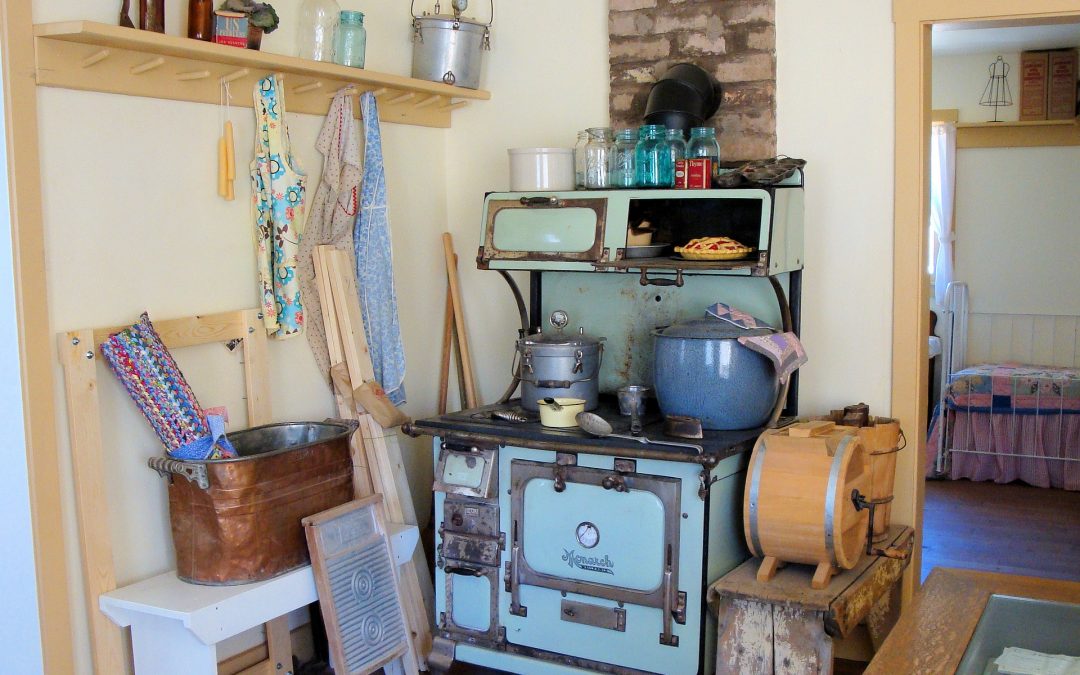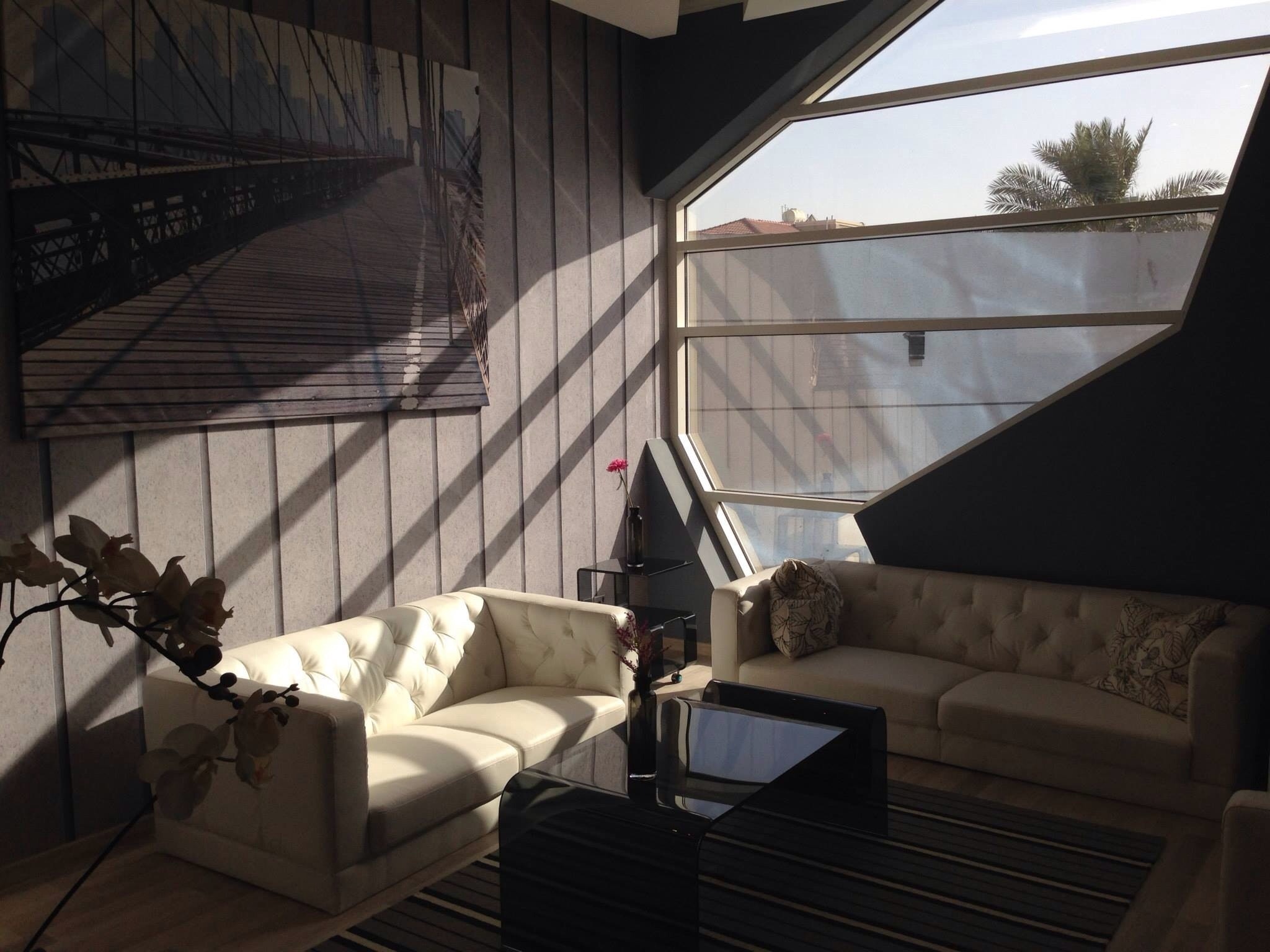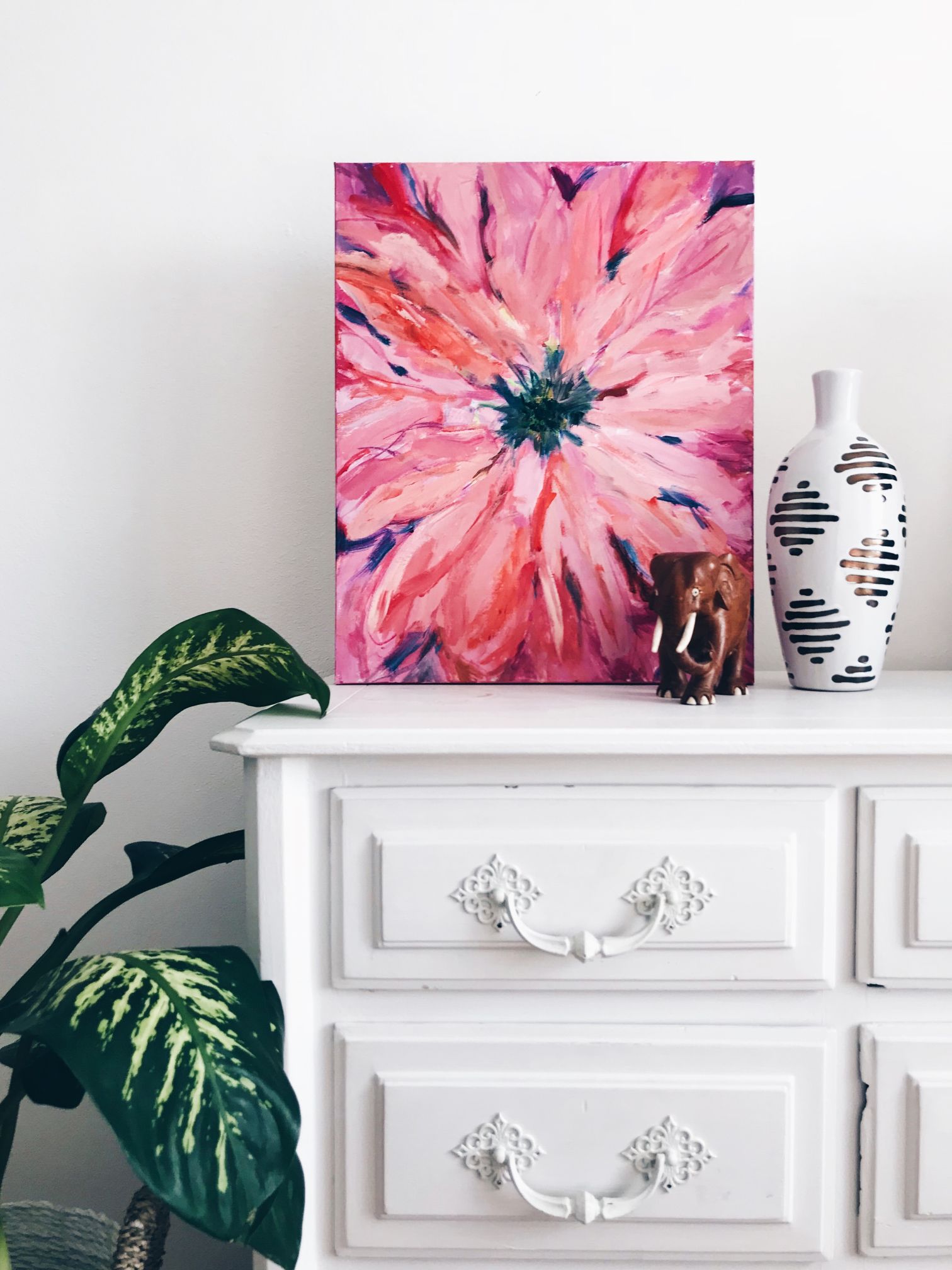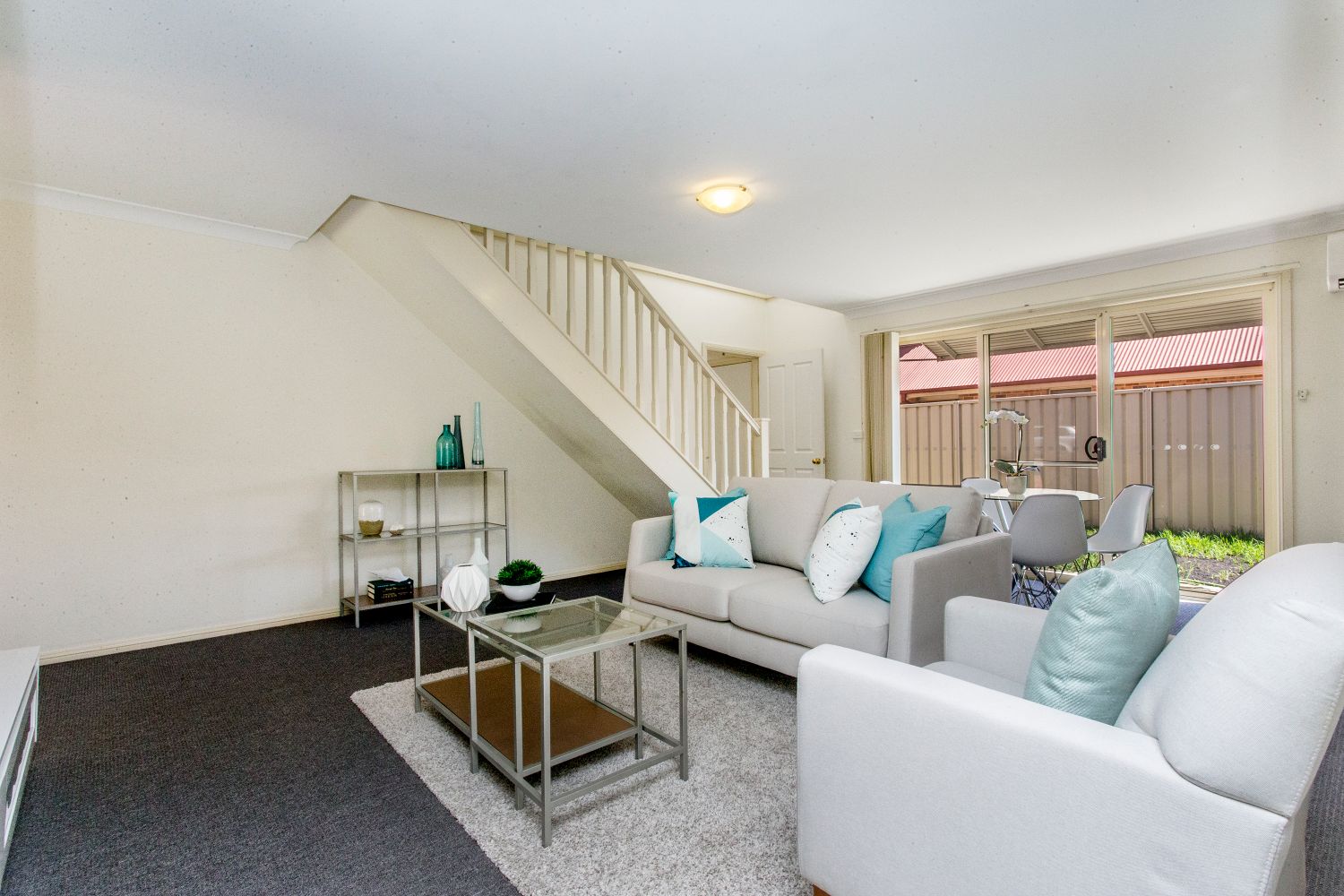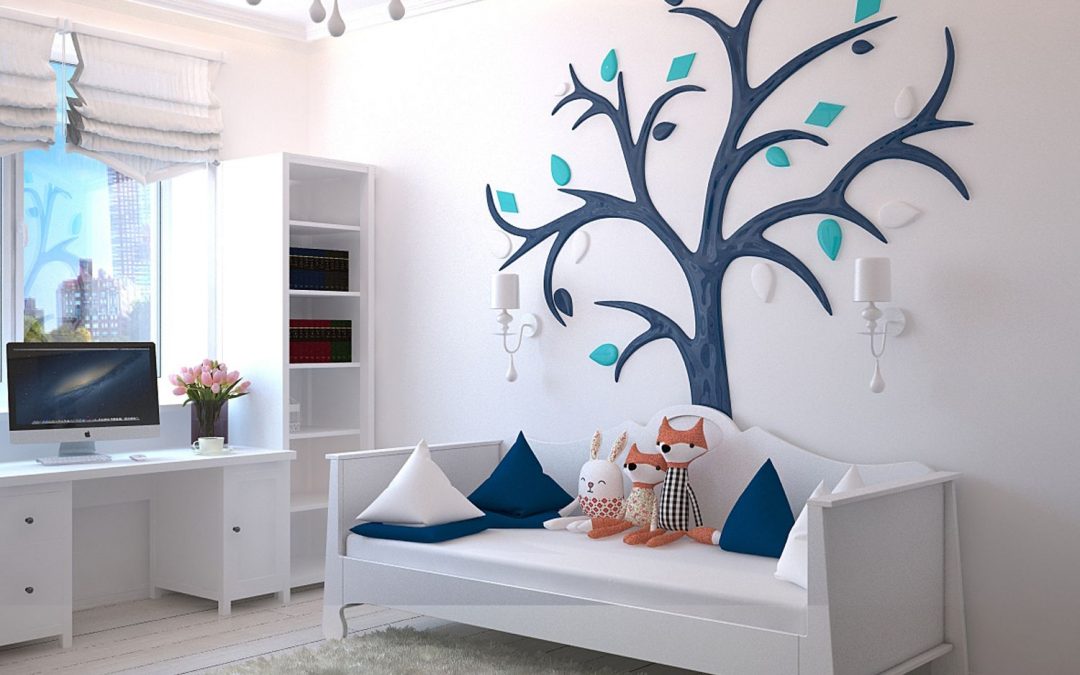
Rugs – Add Character, Charm and Finesse to Your Living Areas

Rugs –
Add Character, Charm and Finesse to Your Living Areas
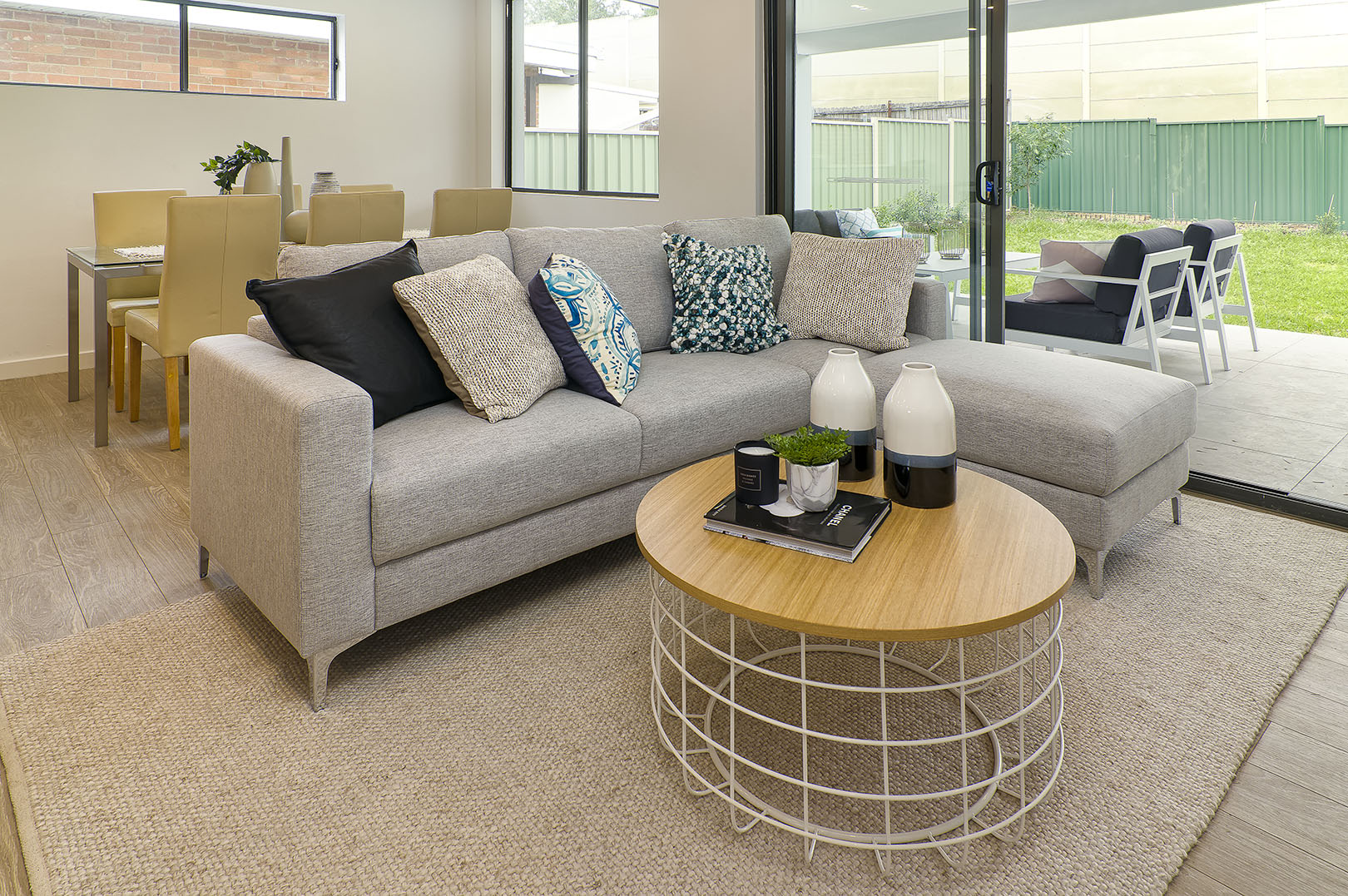
Rugs – add character, charm and finesse to your living areas. They are versatile, free-standing and decorative.
Carpets, on the other hand, cover the entire room; wall-to-wall and are fixed to the floor. They are predominately regular in shape; i.e. rectangular and square.

- Rug Sizes
Common rug sizes:
Small Rugs – 120 x 170cm
Medium Rugs – 160 x 230cm
Large Rugs – 200 x 300cm
Extra Large – 240 x 330cm
Oversized – 300 x 400cm
Runners – 75 x 300-400cm
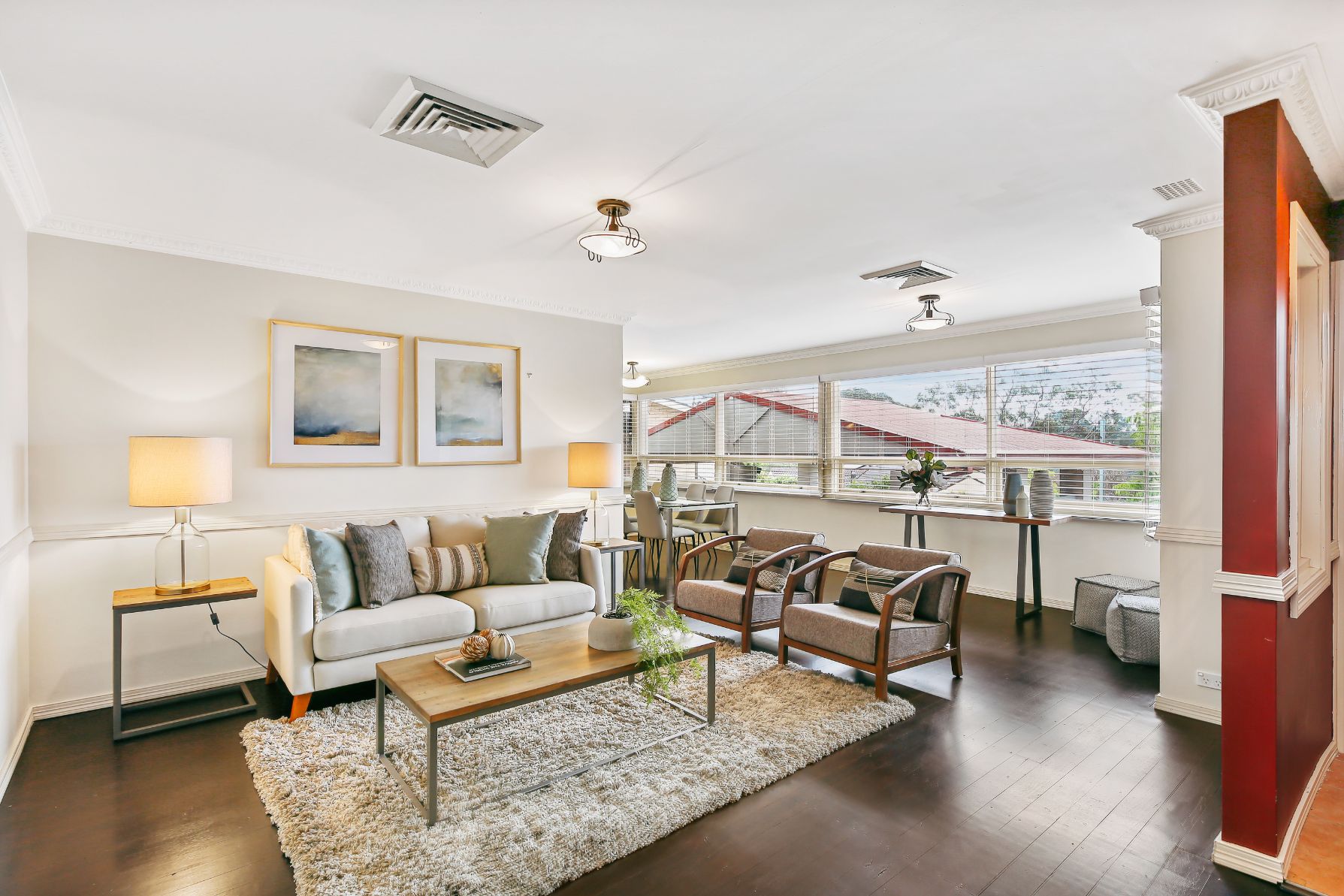
2. Choosing the Rug Size for the LIVING ROOM
- As a rule of thumb – all objects in the living room should fit on the rug. This will visually differentiate the area, especially in open plan living areas.
- Always leave space between the wall and furniture.
- If all the furniture cannot fit on the rug, place at least the front legs of chairs and sofas on the rug.

3. Choosing the Rug Size for the BED ROOM
-
Using your bed as a sizing guide, the rug should extend 45 -60cm beyond all sides.

4. Choosing the Rug Size for the DINING ROOM
- The rug should be large enough for the table and chairs to fit on even when guests are seated at the table.

5. Choosing a Rug Style
- Choose a rug style to suit your lifestyle and your home.
- Gauge the amount of traffic in the area.
- Who else will be using the area; eg Children and pets?
- What is your style – what colours do you favour; what are the colours of the room?

6. Rug Types
Flatweave Rugs
- Rugs are woven on a loom and have no pile.
- They are best used for decorative purposes layered on top of another rug.
- If used in traffic areas, it is recommended to use a rug pad or underlay to keep the rug in place.

Natural Fibre Rugs
- Rugs are flatwoven from natural fibre such as jute, sisal, coir and seagrass.
- These rugs need regular cleaning and spills should be dealt with immediately

Heat-set and Polypropylene Rugs
- These are your best all-rounder rugs.
- Great for high traffic areas.
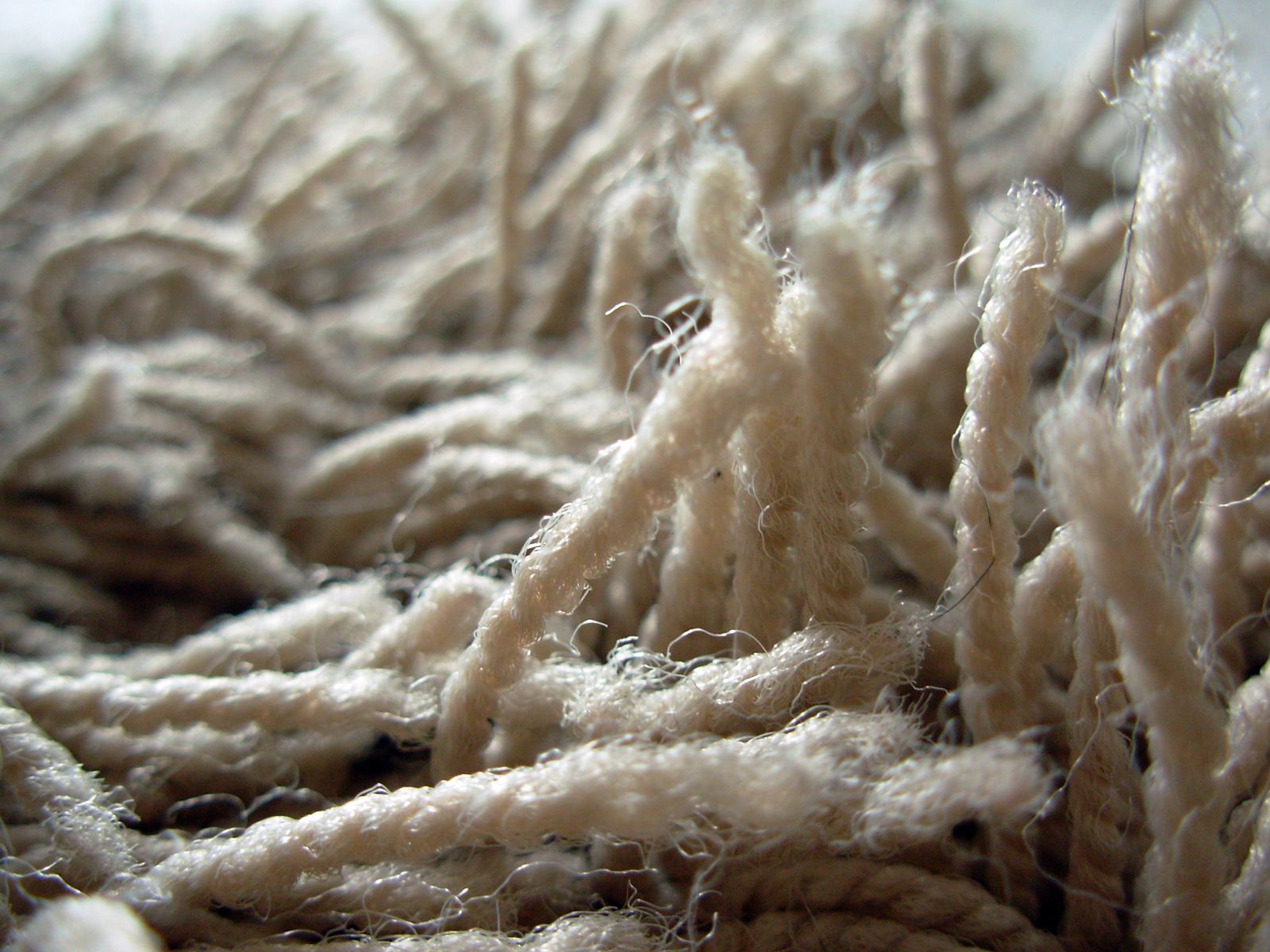
Pile Rugs
- Made from wool and silk, synthetic fibres such as acrylic and polypropylene.
- These are high-quality rugs and can last for years if well cared for.
- Rugs include Persian designs and modern Shaggy.
(Shaggy rugs are, uneven pile rugs. They are super soft and would complement any home decorating style.)

Wool Rugs
- Wool rugs are soft and richly textured.
- They add warmth and are ideal to use in bedrooms and especially baby rooms.
- Wool is a natural water and dust repellent fibre.
- Wool rugs are pleasing to the eye and excellent wool rugs to have.

Outdoor Rugs
-
Outdoor rugs are usually made from polypropylene and other synthetic fibres.
-
They are sturdy and practical.
-
When used outdoors they can be hosed down.

Hide and Sheepskin Rugs
- These rugs, because of their diversity, shape and colour are great for decorative purposes.

7. Rug Shapes
Unlike carpets that are predominant in their shape, rugs are more versatile –
- Rectangular Rugs – the most common and versatile shape.
- Round Rugs – great for dining room, bedrooms and small tete-a-tete areas.
- Runners –used mostly in hallways and entrances

8. Rugs –Add Character, Charm and Finesse to Your Living Areas
Because of their size, texture, diversity and colours, rugs can be utilised as a decorative item in living areas around your home.
- Property Stylist use rugs when staging homes for sales to visually identify and maximise space.
- Layer Rugs – If you have a specific area or feature you want to highlight layer a smaller rug on top of a larger to direct the eye to the specific space.
- Layering with different texture rugs adds character to the space.
- Rugs with tassels and fringes add finesse and texture.
- Use bold and patterned rugs on top of a neutral rug to draw attention to an area you want to highlight.
- Hide rugs look epic when layered on top of square or rectangle rugs.

